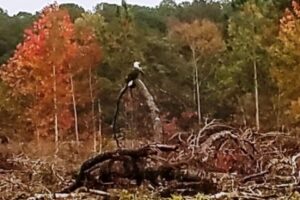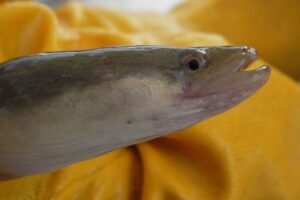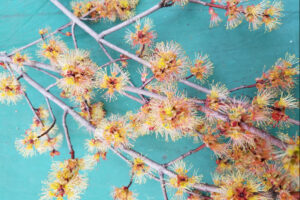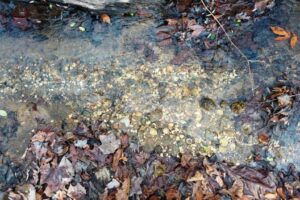Field Notes: What’s in the Woods Today ? December 21, 2018
December 21, 2018 - by Forester Lisa Deaton Surprises We expect to see Christmas trees at Christmas tree farms, but this decorated eastern red cedar is located on the edge of a 2-year old pine plantation. On a recent rainy day, the bald eagle below appeared to be hunting in a clearcut. One of my favorite things about this time of year on the Middle Peninsula is hearing the tundra swans fly overhead. A... Read More





